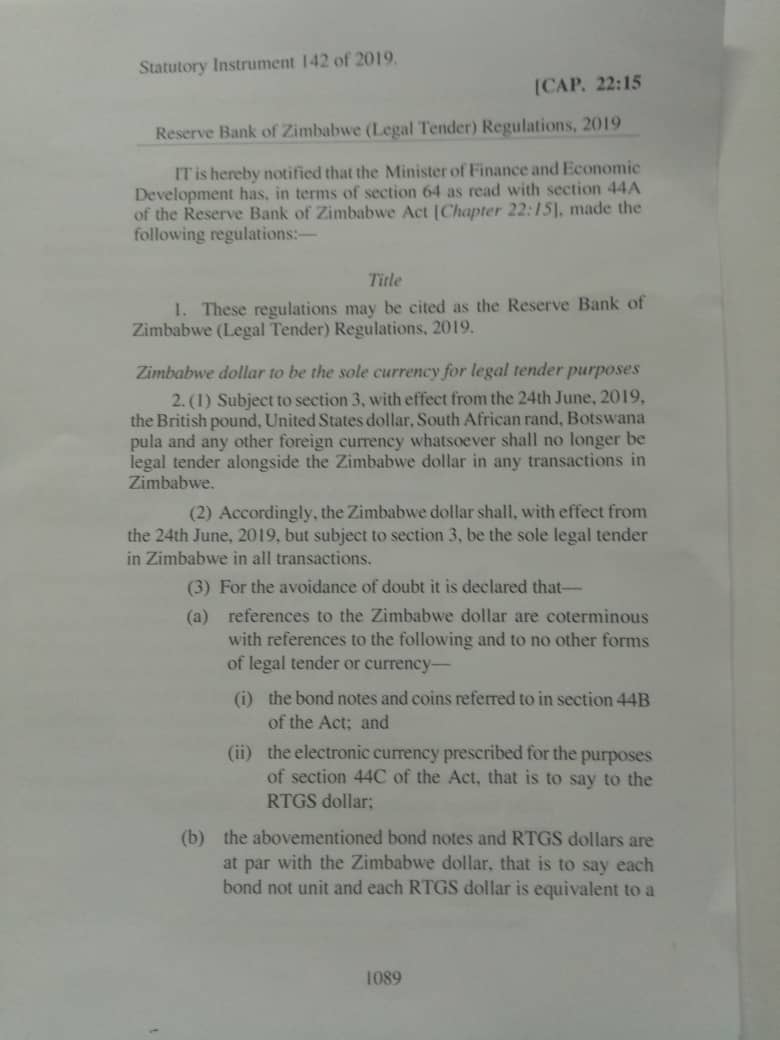Some thoughts, in my personal capacity as someone who writes code occasionally and knows a bit of the story but isn't involved in it daily:
We make the various technical tradeoffs required to allow substantially any engineer to contribute a PR against any just about any part of the systems. Encourages ownership.
Folks break out time to do that and exhaustively document it.








